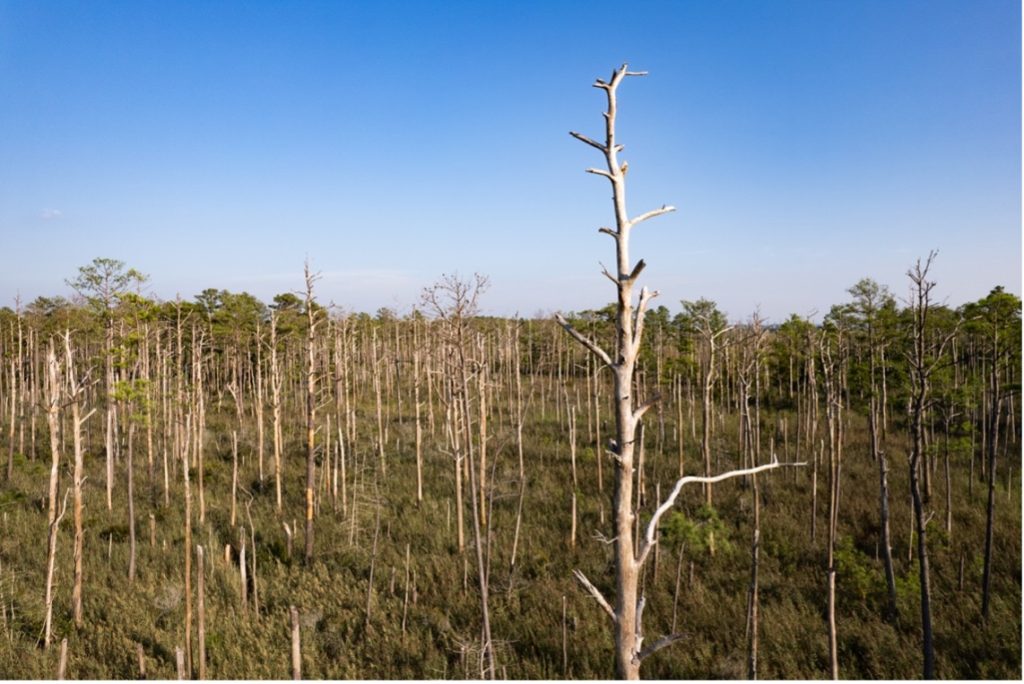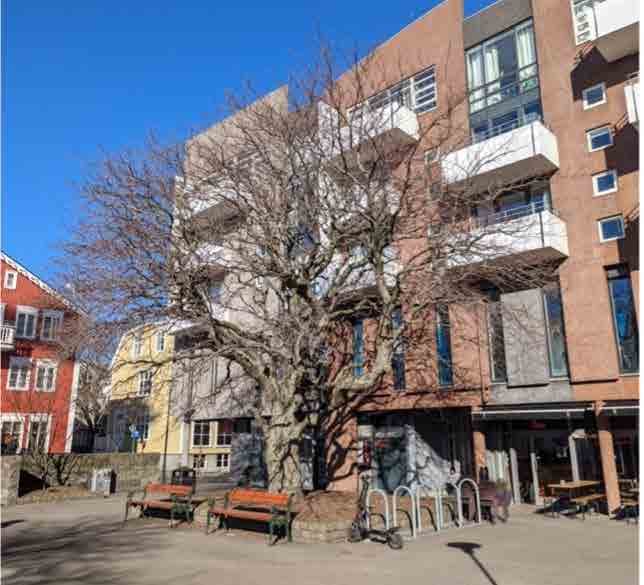Inflation Reduction Act and the Future of Urban and Community Forestry
By Lauren Baker |
On August 16, 2022, President Joe Biden signed the Inflation Reduction Act (IRA) into law. This act is the most significant action Congress has taken on clean energy and climate change in the nation’s history. This act aims to curb inflation by reducing the budget deficit and investing into clean energy. The US Forest Service…
Have you ever heard of a food forest?
By Marilyn Yang |
Imagine being able to grow and harvest your own food, but only having to use a fraction of the resources and maintenance required in conventional farming, as nature does the heavy lifting. I recently visited Forested, a local food forest located in Bowie, MD and it was a fascinating and eye-opening experience. Situated in the…
Restoring Indigenous Land Tenure Rights: A Powerful Tool to Mitigate Climate Change and Advance Human Rights
By Marilyn Yang |
Amidst the escalating impacts of climate change and environmental degradation, urgent solutions are imperative. A promising strategy gaining prominence involves restoring land tenure rights to Indigenous Peoples. For centuries, Indigenous communities sustainably and holistically managed natural resources through Traditional Ecological Knowledge, an adaptive body of knowledge accumulated through observations of an ecosystem, passed down by…
The Alarming Connection Between Public Health Disparities and Trees
By Marilyn Yang |
Across the nation, the presence or absence of trees in neighborhoods may seem like a simple aesthetic concern. However, research indicates a deeper and concerning connection between public health inequities and the unequal distribution of tree cover. Tree disparities in urban areas are far from random, but rather a reflection of historical and social injustices…
Saltwater Intrusion on the Eastern Shore: Climate Change and Forestry
By Yazan Hasan |
Growing up in Annapolis, I knew the Eastern Shore of Maryland very superficially, only passing by it on my way to the beach. When I reached high school and began to develop more interest in the natural sciences, I began to notice an odd sight. I’d drive by and see vast expanses of dead forests…
Reforesting Iceland
By Yazan Hasan |
Recently, I studied abroad in Iceland as a US department of State Gilman Scholar. The main focus of this trip was to study renewable energy; however, my attention was especially interested with the unique landscape and ecology of Iceland. One of the most notable things you’ll notice upon arrival in Iceland is the stark lack…
Reviewing New Maryland Governor Wes Moore’s Environmental Policy Promises
By Damani Eubanks |
Recently elected Maryland governor Wes Moore has already made notable history, being the first African American Governor of Maryland. Moore ran on a progressive platform, highlighting issues such as education, health care, social justice, and public safety. Moore also included a suite of ambitious climate proposals in his campaign promises. Here, I will review some…
Maryland’s invasive Japanese honeysuckle
By Sydney West |
Originally introduced to the shores of Long Island, New York in 1806, the Japanese honeysuckle (Lonicera japonica) has become one of Maryland’s most evident invasive species to impact forests and wildlife. The Japanese honeysuckle is a woody vine adorned with fragrant white flowers and spreads by intertwining trees, overlaying bushes, and encompassing sections of Maryland’s…
Anti-Racism in Environmental Science and Conservation
By Damani Eubanks |
I have had the privilege of being involved in ecology, environmental science, and conservation work for over 10 years. In this time, I’ve been able to work with many esteemed researchers across some of the most prestigious institutions in the country. My experience as a Black man in this field, is that most people within…
Climate Change Impacts on Mangrove Forests
By Sydney West |
Mangrove forests are instrumental ecosystems for tropical and subtropical coastlines and surrounding communities. Asia holds 42% of the world’s mangrove ecosystems, with 21% being found in Africa, and the remaining 38% dispersed widely through the tropical coastal regions of North, South, and Central America, Australia, and the various islands within Oceania (Earth Observatory 2010). Mangroves…










